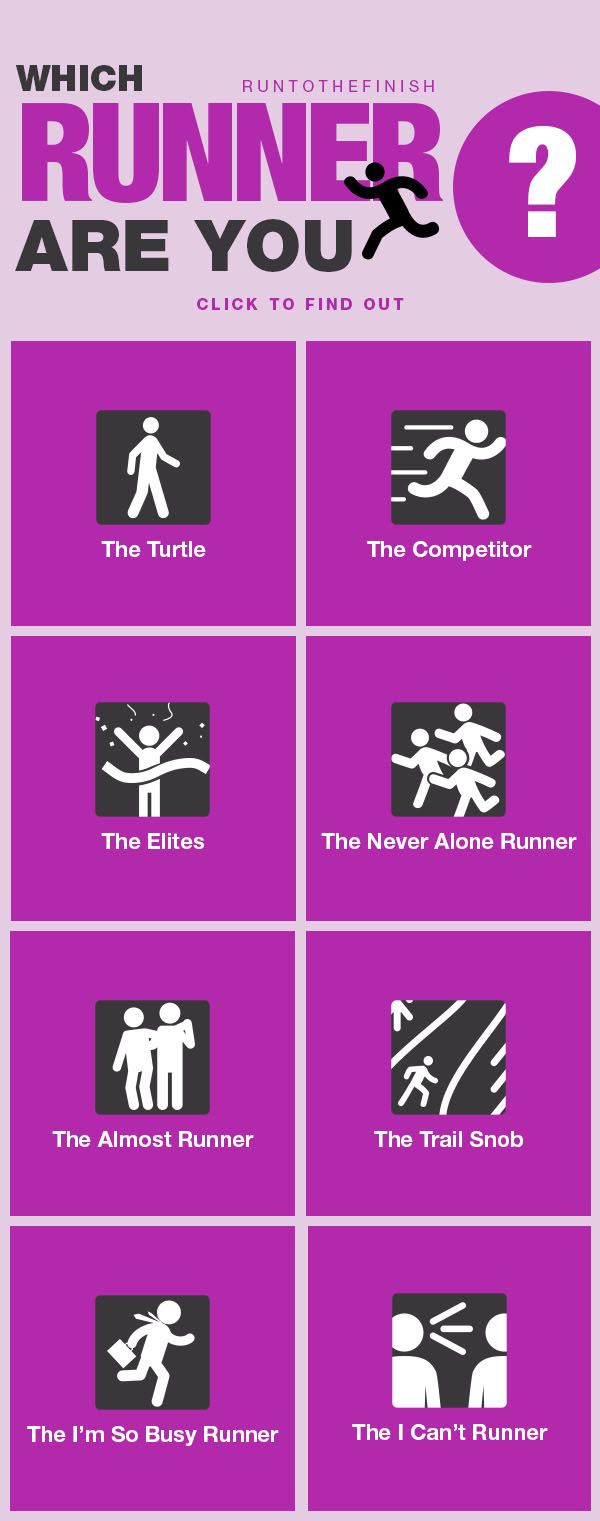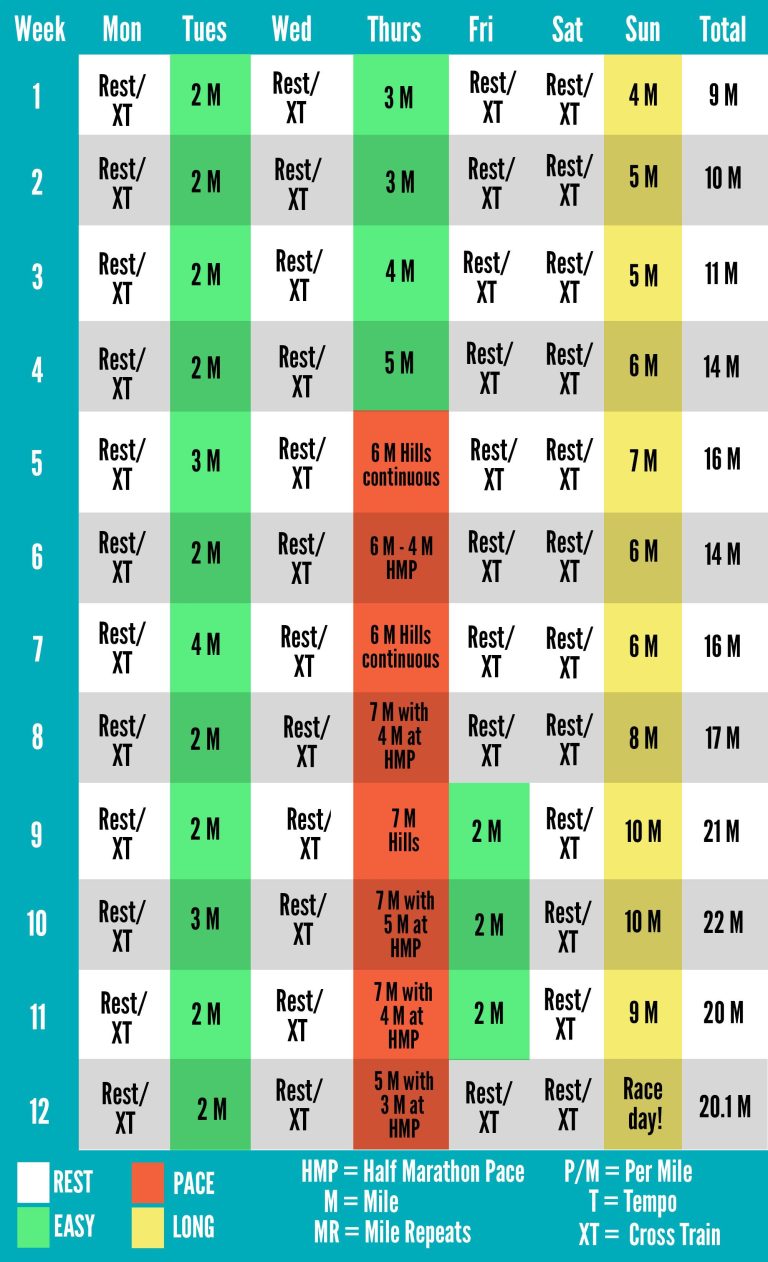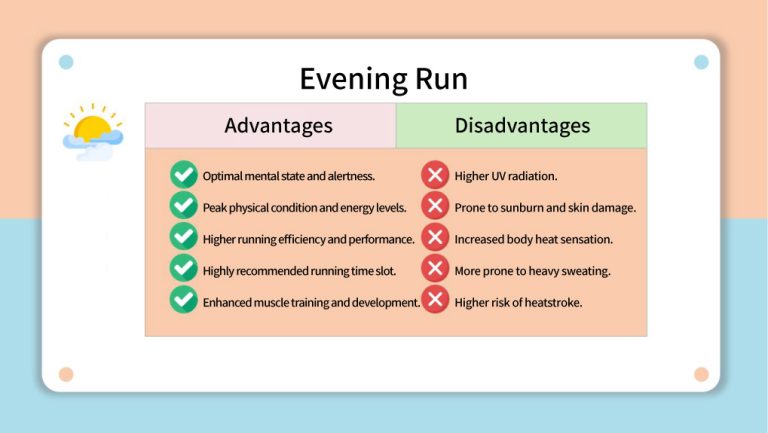Types Of Runners
There are three main types of runners: sprinters, middle-distance runners, and long-distance runners. Sprinters excel in short bursts of speed, middle-distance runners focus on races between 800m to 10,000m, and long-distance runners thrive in races over 10,000m.
Each type requires specific training and skills to succeed. Understanding these distinctions can help you tailor your training regimen to your specific running goals and preferences. Running is a popular and beneficial form of exercise that has various disciplines catering to different preferences and abilities.
Whether you prefer the adrenaline rush of short sprints, the strategy of middle-distance races, or the endurance of longer distances, there is a type of running for everyone. By identifying which category aligns with your strengths and preferences, you can optimize your training and performance for a more fulfilling running experience.
Sprinters
Sprinters are the short distance specialists of the running world. These athletes are designed for explosive bursts of energy, typically challenging themselves in events as short as 60 meters up to 400 meters. Their powerful and explosive movements set them apart from long-distance runners, requiring specific techniques and training regimes to excel.
Short Distance Specialists
Sprinters are known for their ability to accelerate rapidly, reaching peak speeds in a short amount of time. Their focus on short distances requires them to have a remarkable burst of speed, making every second crucial in their performance. This makes sprinters stand out in a league of their own, showcasing their incredible power and strength over short distances.
Key Techniques And Training
For sprinters to reach their full potential, they must focus on specific techniques and training methods to enhance their explosive abilities. This includes honing their start technique, maintaining a low body position, explosive drive phase, and fine-tuning their arm swings to generate maximum power. Furthermore, sprinters engage in specialized training drills such as plyometrics, resistance training, and sprint intervals to improve their speed and explosiveness.

Credit: www.pinterest.com
Marathon Runners
Marathon runners are a special breed of athletes who thrive on long-distance challenges, testing their endurance and pushing their physical limits.
Long Distance Endurance
Marathon runners excel in long-distance endurance, with races typically spanning 26.2 miles of rigorous terrain.
They train extensively to build muscular endurance and mental fortitude to sustain their pace over the course of the entire race.
Pacing And Nutrition
Pacing is critical for marathon runners; they must find the right balance to maintain a steady speed while conserving energy for the later miles.
Nutrition plays a vital role in their performance, with runners carefully fueling their bodies with carbohydrates and electrolytes before, during, and after the race.
Trail Runners
Trail Runners are adventurous individuals who seek thrills in off-road terrains.
Off-road Adventures
Trail runners enjoy exploring nature’s beauty through rugged trails.
- Challenges include varying elevations and unpredictable weather.
- Scenic landscapes offer a refreshing break from urban environments.
Equipment And Terrain Challenges
Trail runners require durable shoes and lightweight gear for their adventures.
- Trail running shoes provide grip on uneven surfaces.
- Technical terrains demand proper hydration and navigation tools.

Credit: www.facebook.com
Ultra Runners
Ultra runners are extreme distance athletes who push their mental and physical limits to cover astonishing distances, typically ranging from 50 kilometers to hundreds of miles in a single race.
Extreme Distance Athletes
Ultra runners are known as extreme distance athletes, often participating in events like 100-mile races or multi-day stage races. Their incredible endurance and determination set them apart from other types of runners.
Unique Mental And Physical Demands
Ultra running demands a high level of mental toughness and physical resilience. These athletes need to navigate varied terrains, extreme weather conditions, and extended periods of running while managing their energy levels and nutrition.
Obstacle Course Racers
An exciting breed of runners, obstacle course racers (OCR) combine the thrill of running with the exhilaration of overcoming challenging obstacles. OCR events have gained immense popularity in recent years, attracting a diverse range of participants seeking a unique and adrenaline-filled experience.
Combining Running And Obstacle Challenges
Obstacle course racing is more than just running. Participants tackle various obstacles strategically placed throughout the course, ensuring a dynamic and engaging experience. From climbing walls and crawling under barbed wire to navigating muddy terrain and swimming across water bodies, OCR tests endurance, strength, agility, and mental fortitude in ways traditional running does not.
OCR events often feature innovative and creative obstacles, making every race a different and exciting experience. Runners need to be adaptable, quick-thinking, and physically prepared to overcome any challenge that comes their way. The combination of running and obstacle challenges creates a thrilling and intense athletic endeavor that appeals to individuals with a taste for adventure.
Training For Ocr Events
Preparing for an OCR event requires a well-rounded approach to training. While focusing on running endurance is essential, OCR racers need to strengthen their upper body and core muscles to meet the demands of the obstacles. Exercises such as pull-ups, push-ups, and planks are valuable for developing the necessary strength and stability.
In addition to strength training, OCR racers incorporate functional training exercises to enhance their agility, balance, and coordination. These exercises include agility ladder drills, tire flips, rope climbs, and monkey bars, among others. Regular practice on specific obstacles can also help improve technique and boost confidence.
Endurance and interval running workouts play a vital role in OCR training. These sessions help build cardiovascular fitness and prepare racers to maintain speed and performance throughout the race. Additionally, incorporating hill sprints and trail running can mimic the uneven terrain often encountered in OCR events.
OCR training is a holistic process, encompassing both physical and mental preparation. Emphasizing mental toughness, developing a strong mindset, and overcoming fears are crucial to tackle the challenging obstacles and keep pushing forward during the race.

Credit: sunriserunco.com
Frequently Asked Questions For Types Of Runners
Faq 1: What Are The Different Types Of Runners?
There are various types of runners, including sprinters, long-distance runners, and trail runners. Each type has specific training and requirements based on their goals and preferences.
Faq 2: What Is A Sprinter Runner?
A sprinter runner specializes in short-distance races, typically under 400 meters. They focus on explosive speed and power, often requiring intense training techniques and a specific running form.
Faq 3: Can You Explain What Trail Runners Are?
Trail runners are outdoor enthusiasts who prefer running on unpaved paths, often in natural surroundings like forests or mountains. They typically use specialized shoes for better traction and stability.
Conclusion
In sum, understanding the different types of runners can help in identifying the most suitable form of running. By recognizing the characteristics of sprinters, long-distance runners, and middle-distance runners, individuals can tailor their training and running techniques accordingly. This knowledge can enhance performance and prevent injuries, allowing runners to achieve their full potential.







